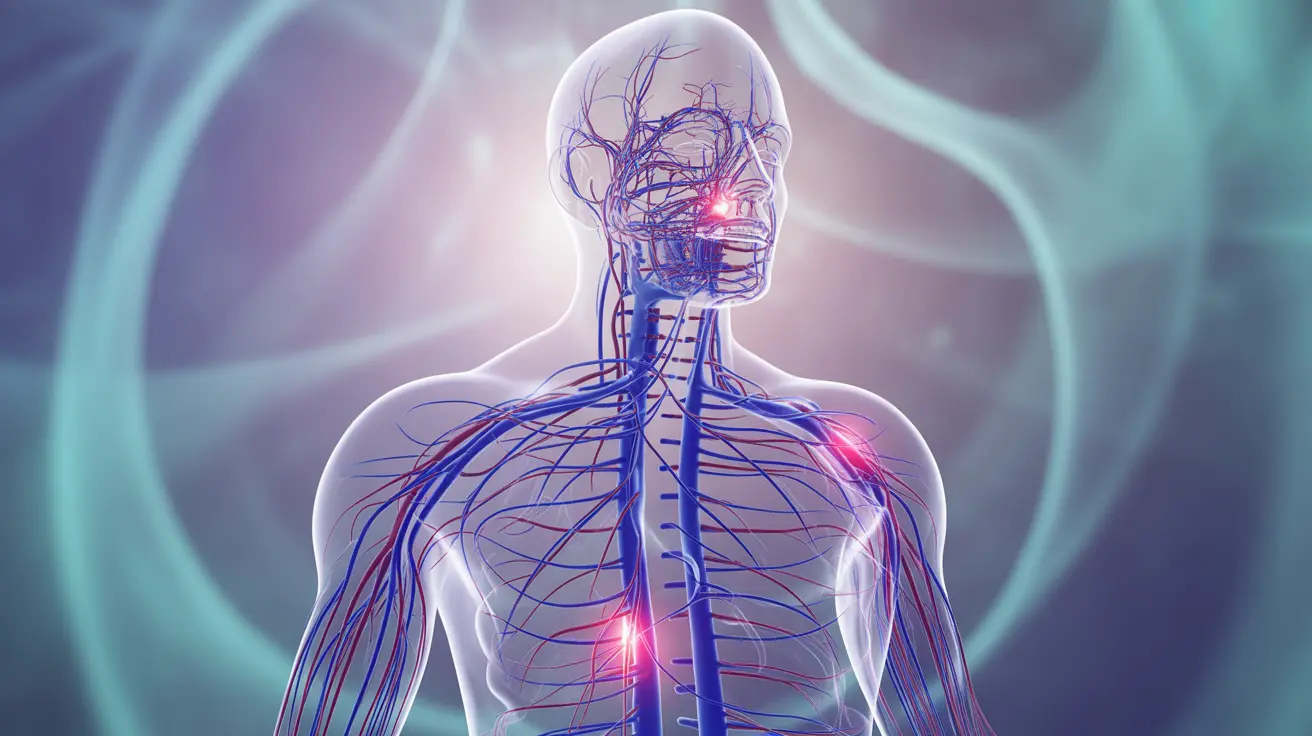Phocomelia syndrome is a rare congenital condition characterized by the absence or underdevelopment of limbs, particularly affecting the long bones of the arms and legs. This condition gained widespread attention in the 1950s and 1960s due to its association with thalidomide exposure during pregnancy. Understanding this condition is crucial for medical professionals, affected families, and those interested in preventing birth defects.
In this comprehensive guide, we'll explore the causes, symptoms, diagnosis, and treatment options for phocomelia syndrome, as well as important considerations for prevention and management.
Understanding the Causes of Phocomelia Syndrome
Phocomelia syndrome can develop through various mechanisms, with the most historically significant cause being prenatal exposure to thalidomide. However, other factors can also contribute to its development:
- Genetic mutations
- Exposure to certain medications during pregnancy
- Environmental toxins
- Radiation exposure
- Vascular disruption during fetal development
The relationship between thalidomide and phocomelia became evident in the late 1950s when thousands of babies were born with characteristic limb abnormalities after their mothers took thalidomide for morning sickness during pregnancy. This tragic episode led to significant changes in drug testing and approval processes worldwide.
Clinical Features and Physical Characteristics
The physical manifestations of phocomelia syndrome can vary significantly among affected individuals. Common features include:
- Shortened or absent limbs
- Hands or feet attached close to the trunk
- Malformed fingers or toes
- Possible internal organ abnormalities
- Facial anomalies in some cases
The severity of these features can range from mild to severe, affecting either upper limbs, lower limbs, or both. Some individuals may have involvement of all four limbs, while others might have asymmetric presentation.
Diagnostic Approach and Testing Methods
Diagnosing phocomelia syndrome typically involves multiple steps and various medical professionals. The diagnostic process usually includes:
Physical Examination
A detailed physical examination helps assess the extent of limb involvement and identify any associated anomalies.
Imaging Studies
Various imaging techniques may be employed, including:
- X-rays to evaluate bone structure
- MRI scans for detailed soft tissue assessment
- Ultrasound during pregnancy for prenatal diagnosis
Genetic Testing
Genetic analysis may be recommended to identify any underlying genetic causes and help with family planning decisions.
Treatment and Management Strategies
While there is no cure for phocomelia syndrome, various treatment approaches can help improve function and quality of life:
Physical and Occupational Therapy
Early intervention with specialized therapy programs can help develop motor skills and independence in daily activities.
Prosthetic Devices
Custom-designed prosthetics can significantly enhance mobility and function for affected individuals.
Surgical Interventions
In some cases, surgical procedures may be recommended to improve limb function or address specific complications.
Prevention and Genetic Counseling
Preventing phocomelia syndrome focuses primarily on avoiding known risk factors during pregnancy. This includes careful medication management and avoiding exposure to potential teratogens. Genetic counseling is recommended for families with a history of the condition or those planning pregnancy.
Frequently Asked Questions
What causes phocomelia syndrome and how is it related to thalidomide exposure?
Phocomelia syndrome can be caused by genetic factors, but its most well-known cause is prenatal exposure to thalidomide. The medication interferes with normal limb development during critical periods of fetal growth, typically between days 20-36 of pregnancy.
What are the common symptoms and physical features of phocomelia syndrome?
The main features include shortened or absent limbs, with hands or feet attached close to the trunk. Additional features may include malformed digits, facial anomalies, and potential internal organ involvement.
How is phocomelia syndrome diagnosed and what tests are used?
Diagnosis involves physical examination, imaging studies (X-rays, MRI), and possibly genetic testing. Prenatal diagnosis may be possible through ultrasound and other specialized testing methods.
What treatment options are available to manage phocomelia and improve limb function?
Treatment typically involves a multidisciplinary approach including physical therapy, occupational therapy, prosthetic devices, and possible surgical interventions. The specific treatment plan is tailored to each individual's needs.
Can phocomelia syndrome be inherited or prevented during pregnancy?
While some cases may have genetic components, most cases are not inherited but result from environmental factors during pregnancy. Prevention focuses on avoiding known teratogens and careful medication management during pregnancy, along with appropriate genetic counseling when indicated.




